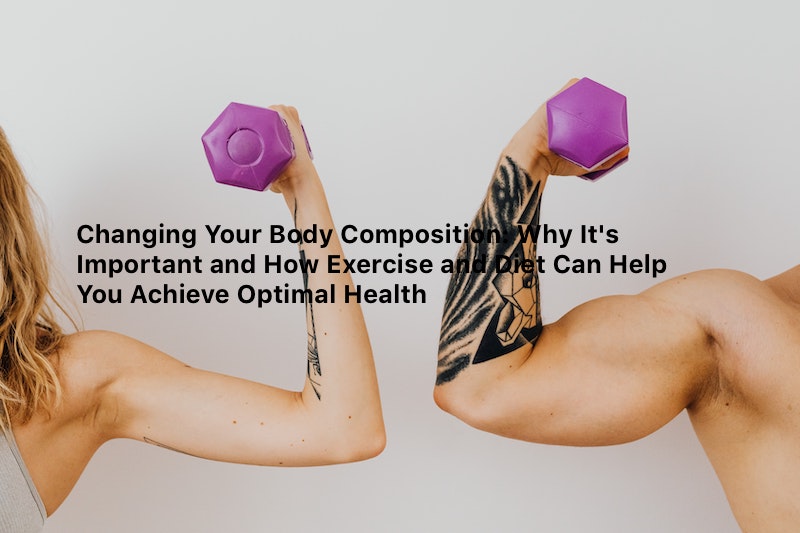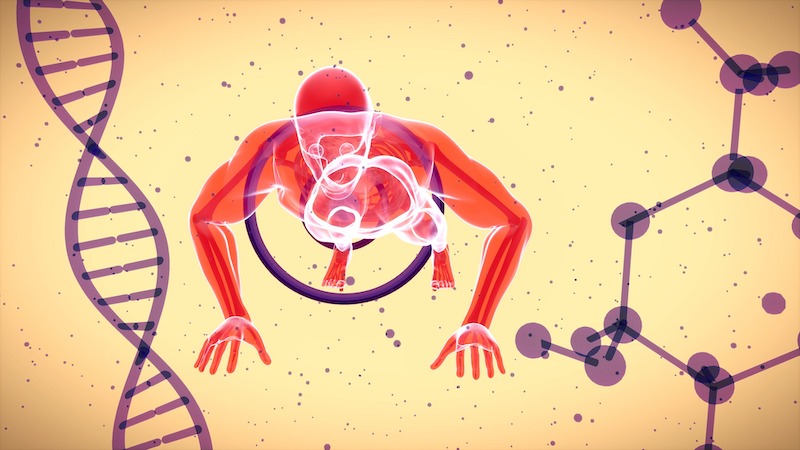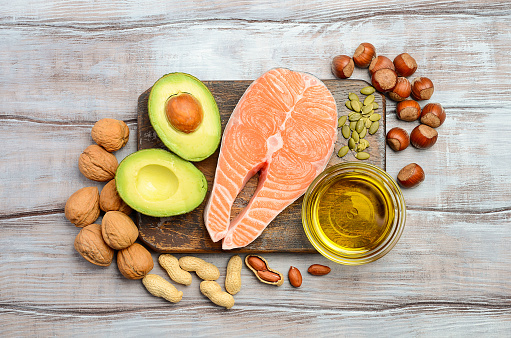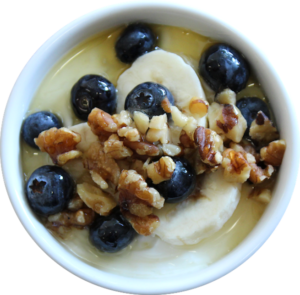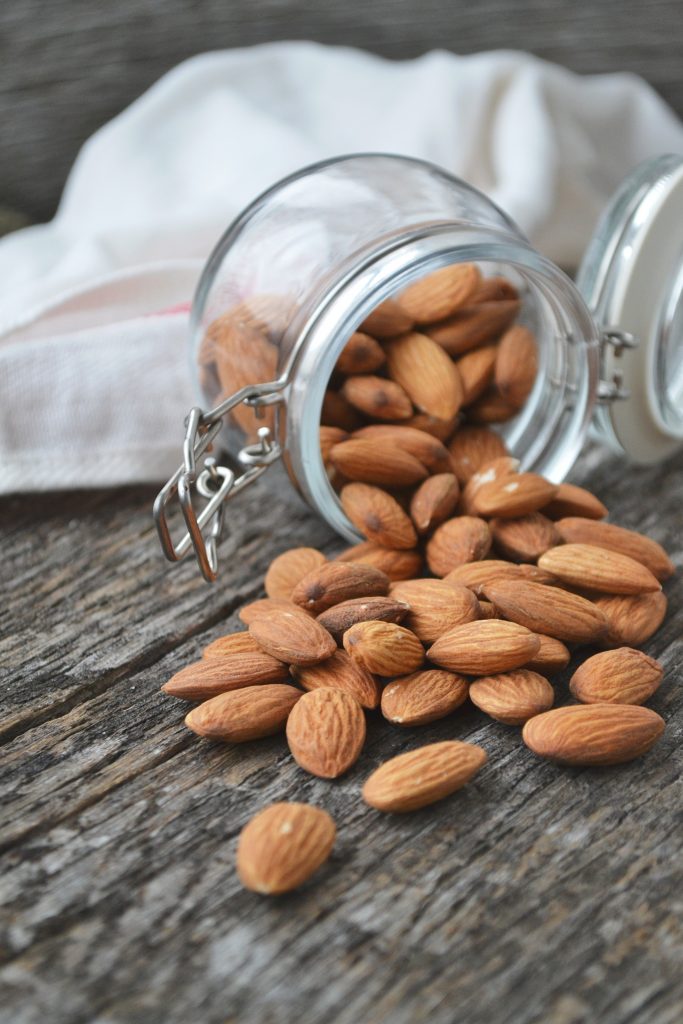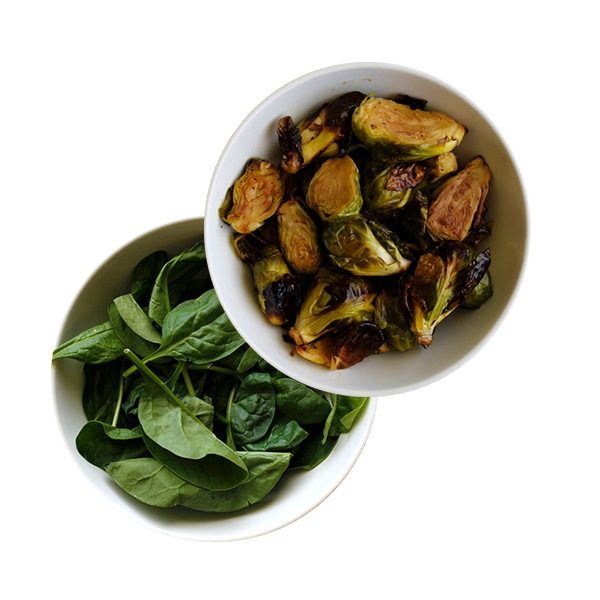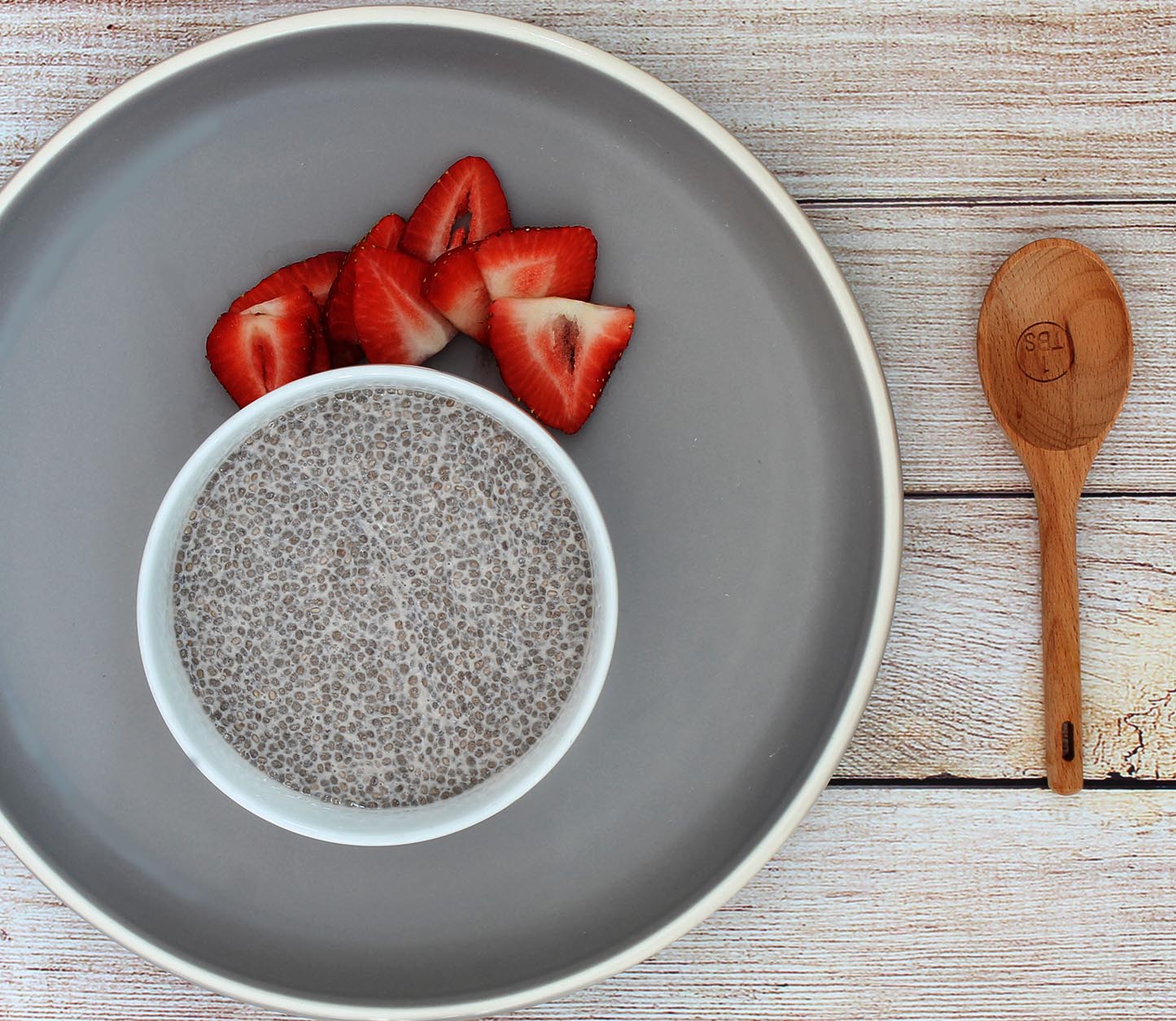Introduction:
Body composition is a term used to describe the amount of fat and muscle in the body. While many people focus on losing weight, changing body composition is more important for achieving optimal health. The benefits of a healthy body composition include improved energy levels, better metabolism, and reduced risk of chronic diseases such as diabetes, heart disease, and certain types of cancer. In this post, we will explore why changing body composition is important and how exercise and diet can help you achieve your goals.
Why Changing Body Composition Is Important:
Changing your body composition is important for several reasons. Firstly, it can help improve your metabolism, which is the rate at which your body burns calories. When you have a higher muscle mass, your metabolism is faster, which means you burn more calories even when you’re at rest. This can be particularly helpful for weight loss and weight management.
Secondly, a healthy body composition can help reduce the risk of chronic diseases. Excess body fat is linked to an increased risk of diabetes, heart disease, and certain types of cancer. By reducing your body fat percentage and increasing your muscle mass, you can lower your risk of developing these conditions.
Furthermore, a healthy body composition can improve your physical performance and overall quality of life. When you have a healthy body composition, you have more energy, better sleep quality, and improved physical performance. This can make it easier to perform everyday tasks, participate in physical activity, and enjoy your favorite hobbies and activities. A study conducted by Harvard Medical School found that elderly individuals with a higher muscle mass had a lower risk of falling, greater mobility, and better quality of life.
How Exercise Helps:
Exercise is a critical component of changing your body composition. Specifically, resistance training, such as weightlifting, is the most effective way to increase muscle mass and reduce body fat. When you lift weights, you create small tears in your muscle fibers. Your body then repairs these tears, making your muscles stronger and larger. Over time, this process leads to an increase in muscle mass and a reduction in body fat.
In addition to weightlifting, cardiovascular exercise can also be helpful for changing body composition. Cardiovascular exercise, such as running or cycling, can help you burn calories and reduce body fat. However, it’s important to note that cardiovascular exercise alone is not as effective as resistance training for changing body composition.
How Diet Helps:
Diet is also an important component of changing your body composition. To increase muscle mass, you need to consume enough protein. Protein is the building block of muscle tissue, so it’s important to eat enough to support muscle growth. Good sources of protein include lean meats, fish, eggs, and dairy products.
In addition to protein, it’s important to eat a balanced diet that includes plenty of fruits, vegetables, whole grains, and healthy fats. These foods provide the vitamins, minerals, and nutrients your body needs to support muscle growth and overall health.
Feeling Better:
In addition to the physical benefits, changing your body composition can also have a positive impact on your mental health. People who exercise regularly and maintain a healthy body composition tend to feel more confident, have higher self-esteem, and experience less stress and anxiety.
In fact, a study conducted by the University of Basel found that regular physical activity can be just as effective as medication in treating depression. This is likely due to the release of endorphins, which are chemicals in the brain that help reduce pain and improve mood.
Conclusion:
Changing your body composition is important for achieving optimal health and wellbeing. By increasing your muscle mass and reducing your body fat percentage, you can improve your metabolism, reduce your risk of chronic diseases, and improve your overall quality of life. Exercise and diet are both critical components of changing body composition.
- “Why Changing Your Body Composition Is More Important Than Weight Loss” (Healthline): https://www.healthline.com/nutrition/body-composition#section1
- “The Importance of Body Composition and How to Measure It” (Verywell Fit): https://www.verywellfit.com/the-importance-of-body-composition-and-how-to-measure-it-3495619
- “Resistance Training is Medicine: Effects of Strength Training on Health” (Current Sports Medicine Reports): https://journals.lww.com/acsm-csmr/Fulltext/2016/07000/Resistance_Training_is_Medicine___Effects_of.11.aspx
- “Protein: Why Your Body Needs It” (Mayo Clinic): https://www.mayoclinic.org/healthy-lifestyle/nutrition-and-healthy-eating/in-depth/how-to-eat-healthy/art-20046590
- “Exercise and Depression: Endorphins, Reducing Stress, and More” (WebMD): https://www.webmd.com/depression/guide/exercise-depression


